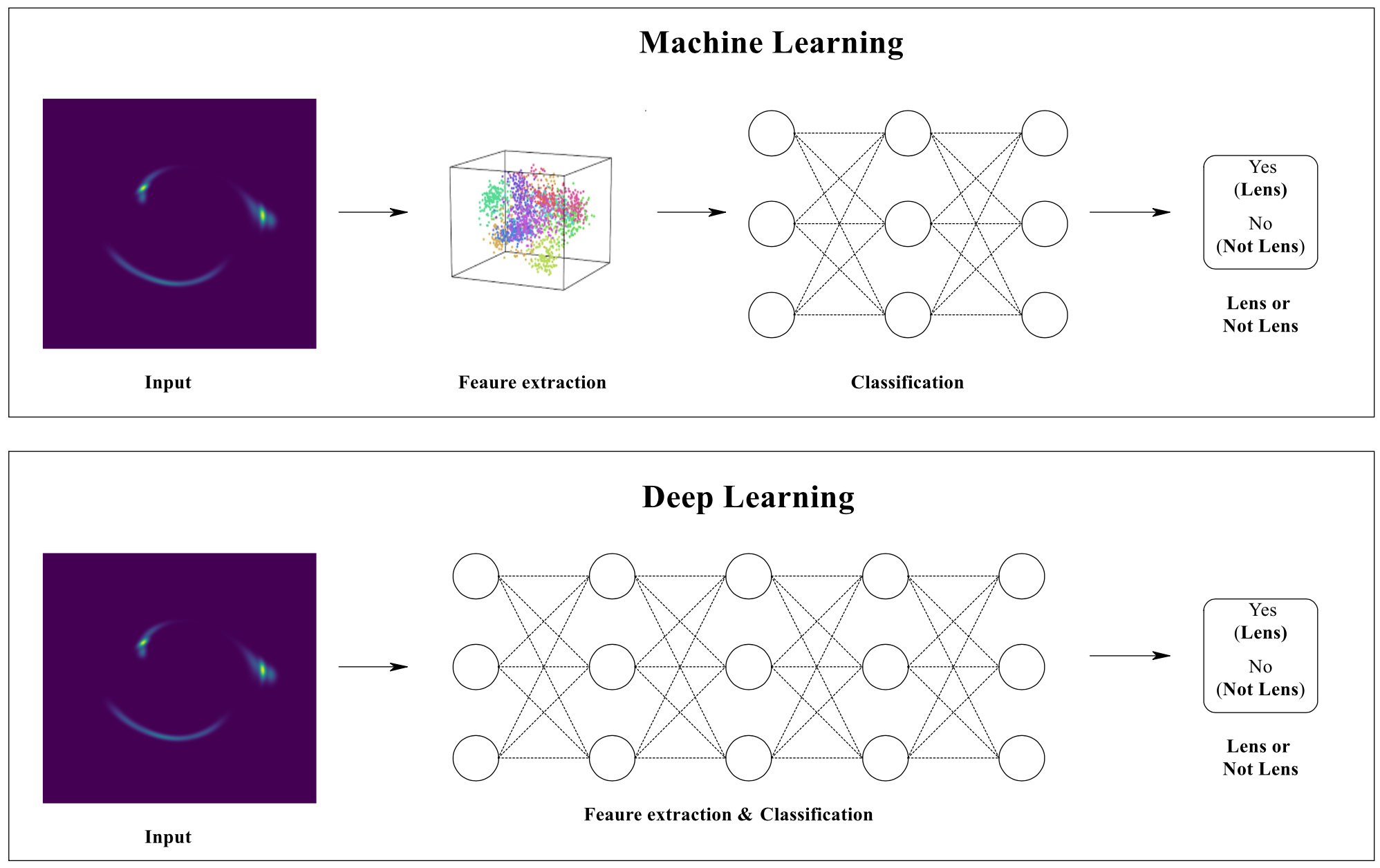Daily Image
21-09-2022Deep learning in high angular-resolution radio interferometry
| Submitter: | Samira Rezaei |
| Description: | Colloquium (Wed at 12:30 PM) In this talk I will present my PhD thesis work that has addressed several challenges of the big data era in the field of high angular-resolution radio astronomy using machine learning algorithms. The main objectives of this thesis can be categorized into four subjects. First, it provides an analysis to the properties of the detected radio sources with Very Long Baseline Array (VLBA). Then we have provided the details of our developed source detection and characterization pipeline that can localize the source in any observed image from the VLBA. Beside source detection, the implemented pipeline can remove the observational noise, restore the structure of the celestial sources and predict their properties, such as size and brightness. In the fourth chapter, we have designed an algorithm that can find rare types of galaxies, called strong gravitationally lensed systems, among the many observed radio emitting objects observed with the International LOFAR Telescope. We also have provided preliminary results on using deep learning algorithms to predict the lensing parameters such as the Einstein radius, axis ratio and position angle. The figure here shows a general summary of the lens identification pipeline developed in the fourth chapter of my PhD thesis. It also represents an abstract overview of the differences between machine learning and deep learning algorithms. |
| Copyright: | CC-BY-SA-NC (Credit: Samira Rezaei) |
| Tweet |  |
